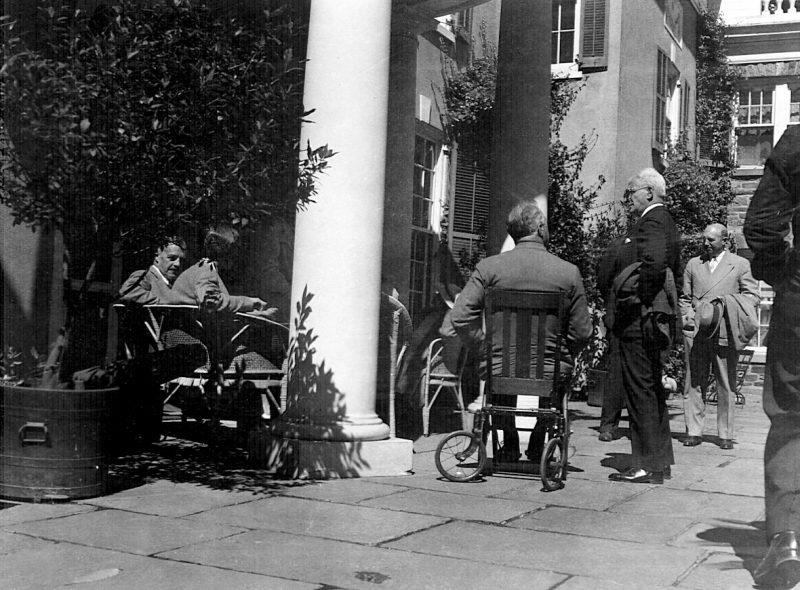Human wars aren’t one-dimensional affairs: in their truest sense, wars have always been one of the most complex human endeavors, wherein material superiority is regarded equally significant as the psychological advantage.
In the most recent conflicts, historians have observed the same pattern of violent battles mixed with psychological warfare – from demoralizing the enemy to motivating allies with ‘larger than life’ leadership traits.
Franklin D Roosevelt took office during perhaps one of the most significant eras of United States history, an era that certainly shaped the character of the US for generations to come. The Great Depression was devouring the nation’s wealth, and morale was at its lowest point when, in 1933, FDR was elected on the promise of restoring the lost glory of the nation. But there was a hidden enemy, one that Roosevelt comprehended well enough and deemed as a potential threat to his presidency.
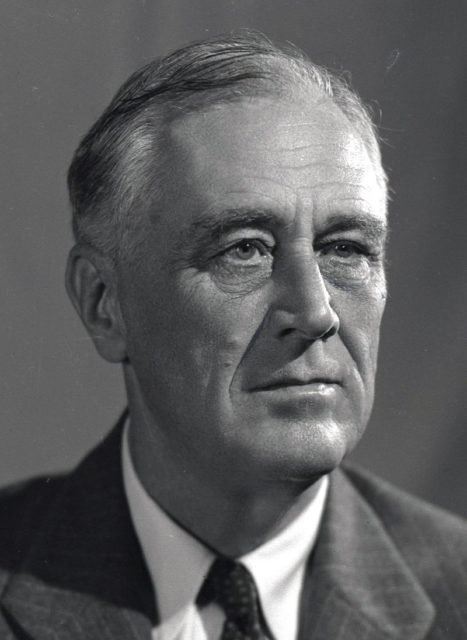
Franklin D. Roosevelt discovered in 1921 that he was suffering from an illness that could not only cripple him for life but could also hinder his political ambitions. Roosevelt was 39 years of age and was spending a family holiday at his summer home on Campobello Island when he learned the true extent of his illness.
Within a few weeks after his initial sickness, FDR was diagnosed with poliomyelitis disease and was practically left paralyzed from the waist down, rendering him unable to walk or even move without assistance. He was told quite frankly that there was no cure for the disease he was suffering from and that he had to live with the condition for the rest of his life.
However, FDR was not the kind of man that could take this diagnosis lying down. FDR started looking into a number of therapies for his paralysis and in 1926 his belief in the effectiveness of hydrotherapy took him to a treatment center at Warm Springs, Georgia.
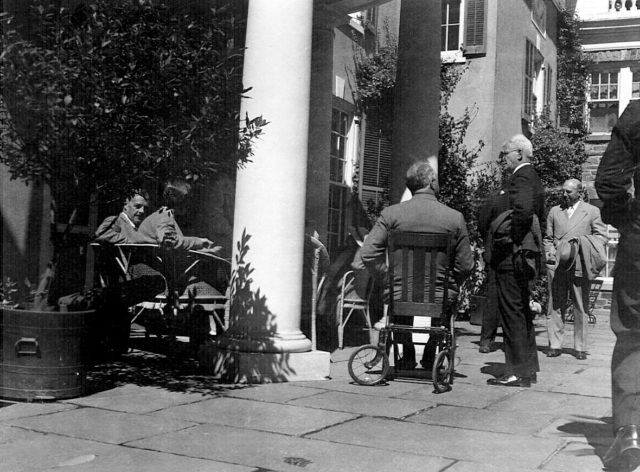
Over the next few years, he had learned laboriously to not only stand up tall but to walk a few steps, but not without the assistance of iron braces along his hips and legs and supporting his weight with his torso.
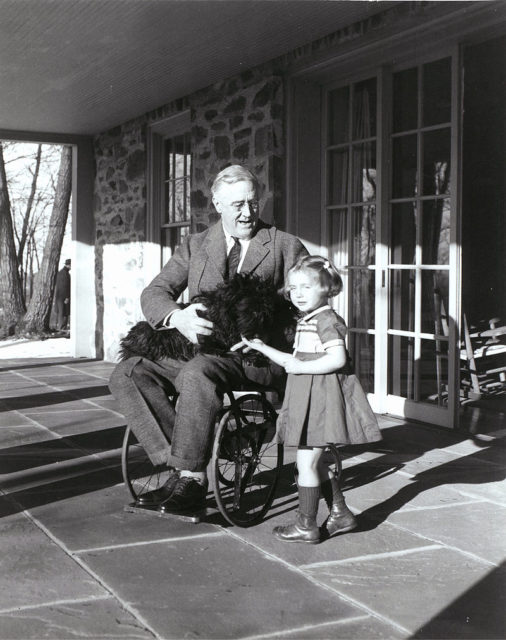
He always carried a thin but strong cane to provide himself with a bit more support and instructed all those around him to make sure he was never seen in the wheelchair, as he deemed this simple image to be the weakness that his enemies, both within and without, could easily exploit against him. Although the nature of FDR’s illness became well known throughout his career as a politician and as the President of the United States, the true extent of his illness and suffering was kept hidden from the public eye.
So did this elaborate secrecy surrounding Franklin D. Roosevelt’s illness and his brave struggle with his paralysis play any role in shaping the events of the Second World War? A number of historians argue that it certainly did. Take for example the case of Napoleon Bonaparte, who was perhaps the most influential military leader in European history.
His opponents, especially the British, created the image of Napoleon as a “short-bodied short-tempered egocentric expansionist” who would go to any length to play out his fantasies of becoming big despite being short in height. However, Napoleon wasn’t short at all: his height was around the European average of the time. Nevertheless, the propaganda played out in British favor, and you can still find books alluding to his short height and short temper.
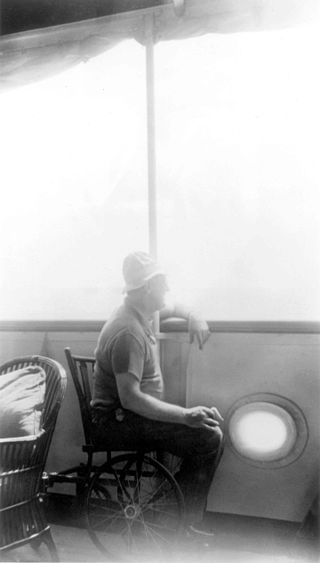
In the same context, historians suggest that US military might and superior war maneuvering could have been significantly hindered if the leader of the free world was to be seen in a wheelchair, disabled and practically immobile. FDR instead created a strong public persona of a quick-witted and courageous leader, who could make the hard decisions in the gravest situations.
There was always a risk of him being exposed after falling in front of the audience, but he kept his gait slow and composed; he reportedly choreographed his every single move before each public appearance. FDR’s determination and dedication were translated into the success of US in the Second World War and its emergence from the Great Depression, a prize that still sits in the crown of the United States many decades later.
